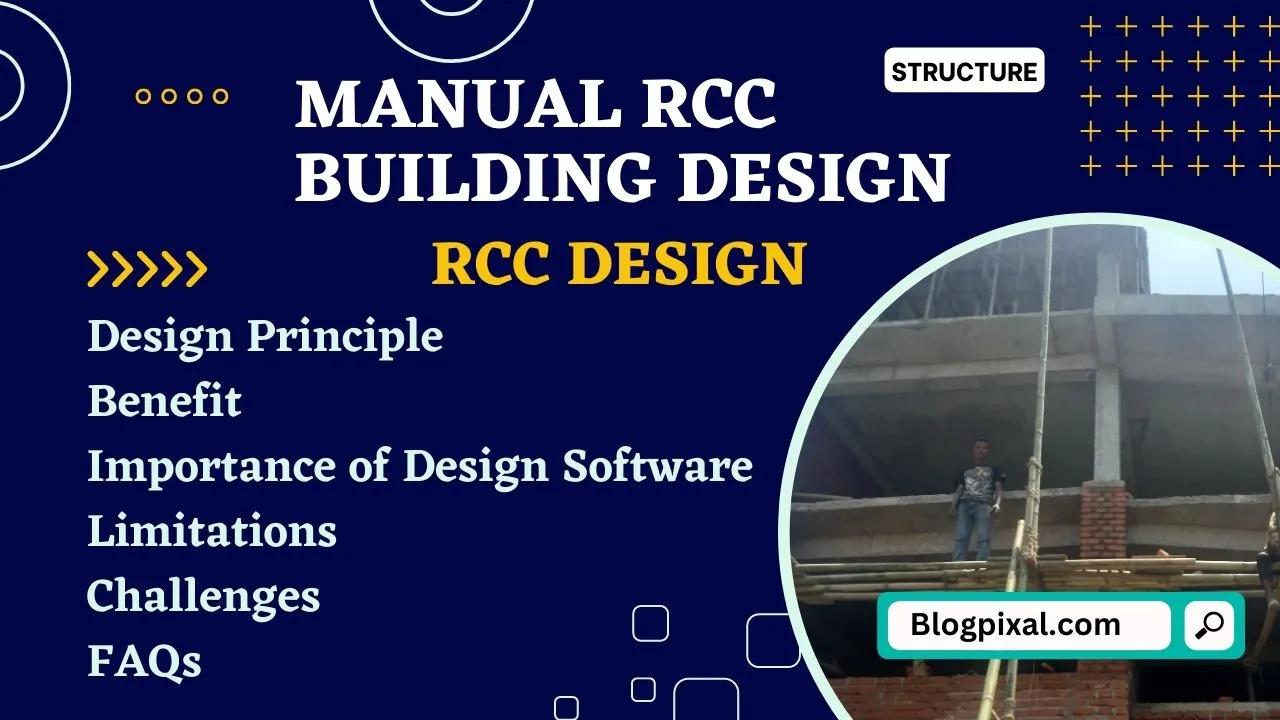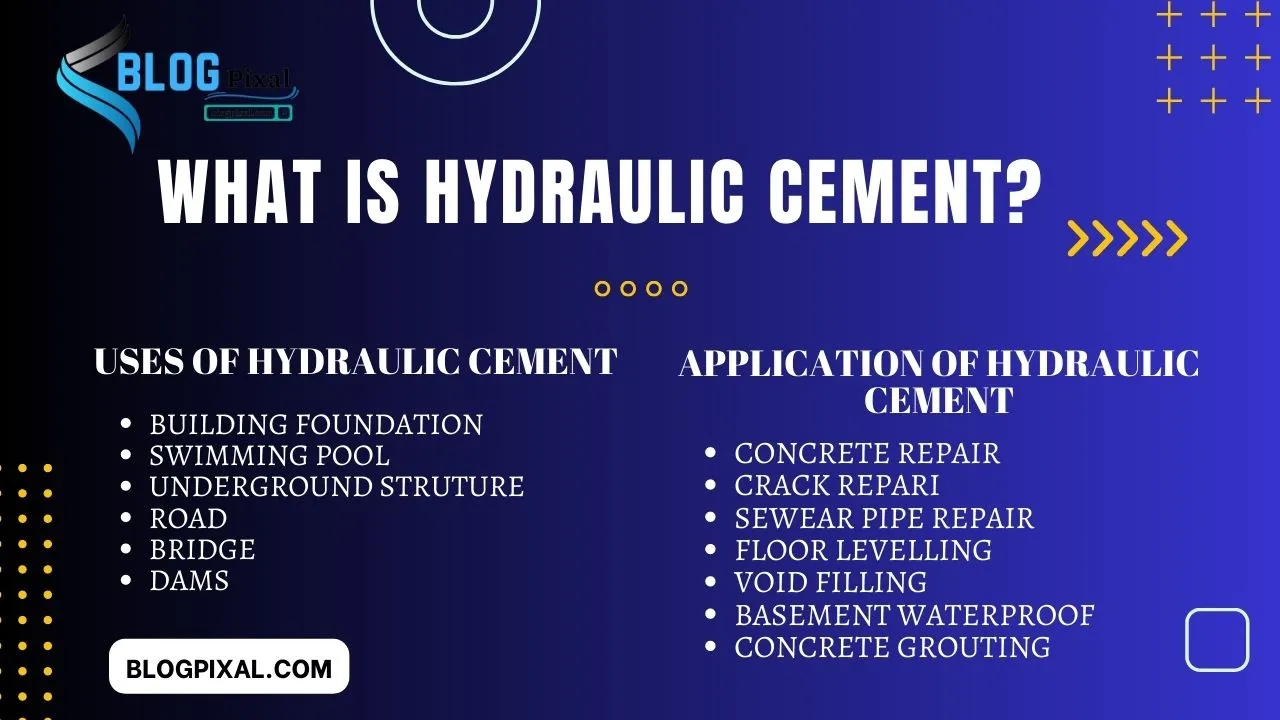Hello Guys welcome to my next blog. RCC building Design is very important to the present and future condition.
Today i will discuss about How to Design RCC Building without using software? In the present technology, different type of design software is available but some kinds of people doesn’t know about the Design software. They can design manually of RCC building.
RCC building design is very complex and important process of RCC design. In the RCC building resign consider different factors. like load, length, size and using materials.
But this is possible to Design RCC building without using software. in such topic we will explore in details.
So this article is best for that person who can Design a RCC building without using Software.
Without wasting time, Let’s get started:
Introduction
Design RCC building Without using software, I can say you please utilize latest software for any kind of building RCC structure Design. But if you can’t access any designing software this helps you. RCC building design without using software is very challenges and hard today. But before 1980’s the peoples are using manually to RCC building design.
By manually calculation of RCC building component engineer’s can get valuable data into the behavior and performance of the RCC building. In the manual design of RCC building some key points should be keep in the mind to get better performance of the RCC building.
Understanding of Design RCC building Without using software
Before starting on the manual design process, it’s important to have a better understanding of RCC building design principles.
Reinforced concrete combines the compressive strength of concrete with the tensile strength of steel reinforcement.
The design process involves determining the accurate dimensions of reinforcement for various components, such as columns, beams, and slabs.
What is the Design principle of RCC buildings?
You know what are the Design principle of RCC building? If you know please comment on the comment section below. If not read carefully of the principle.
Safety: The building Should have withstand anticipated loads and environmental conditions.
Functionality: Designing spaces that efficiently meet the intended purpose.
Economy: Optimizing the design to minimize material usage and construction costs.
Aesthetics: Creating visually pleasing structures that harmonize with their surroundings.
Durability: Designing for long-term structural integrity and resistance to deterioration.
Sustainability: Including eco-friendly materials and energy-efficient solutions.
Flexibility: Allowing for future modifications or adaptations to meet changing needs.
Constructability: Designing with practical construction methods and techniques in mind.
Maintenance: Considering ease of maintenance and repair throughout the building’s lifespan.
Compliance: Follow the relevant design codes, standards, and regulatory requirements.
Structural analysis
Structural analysis is the first and important step of Design RCC building Without using software.
Basically load and force should be analysis that the RCC structure will experience during the lifetime.
After calculating load and force then the engineers select appropriate materials and dimensions for the building components. Such as dead loads (weight of the structure), live loads (occupant and furniture loads), wind loads, and seismic loads must be considered.
Calculation of load
After completion of structural analysis, the next step is calculate the load which acting on the different part of the RCC building.
Basically, the load calculating components are slab, Beam and pillar. So we need to determine the load for each RCC component.
Load calculation is a most important part of RCC design, as it ensures that the structure can safely support the anticipated loads without failure or excessive deformation.
Selection of Materials
Materials selection is also main principle of RCC building Design. So we can ensure which type of materials should be use for RCC building constriction.
Selection of the quality materials is essential for achieving the desired strength, durability, and aesthetics of the RCC building.
The selection of concrete mix design, steel reinforcement, and other construction materials. Materials should align with the design requirements and local building codes.
Design of Beams, Columns, and Slabs
Designing individual components, such as beams, columns, and slabs, involves determining their dimensions, reinforcement details, and load-carrying capacity.
In the design like bending moments, shear forces, and deflection limits should be consider.
Importance of Software to Design RCC building
I have included some importance of software to Design RCC building which mentioned below:
Software provide efficient and accurate calculations, ensuring structural integrity and safety in RCC building design.
They enable architects and engineers to visualize the building in 3D, facilitating better understanding and communication of the design.
Software programs offer advanced analysis capabilities, allowing for comprehensive structural evaluations and optimization.
They streamline the design process, saving time and effort by automating repetitive tasks and generating detailed documentation.
Software tools incorporate design codes and standards, ensuring compliance and minimizing the risk of errors.
They enable designers to simulate different scenarios and assess the performance of the structure under various loads and conditions.
Software assists in generating detailed drawings, including plans, elevations, and sections, improving communication between stakeholders.
They provide access to extensive material databases, facilitating the selection of appropriate materials for optimal structural performance.
Software tools aid in detecting clashes and conflicts between architectural and structural elements, enhancing coordination in the design process.
They offer the ability to conduct cost analysis, helping in budgeting and estimating construction expenses.
Challenge of Design RCC building Without using software
Followings are the Challenges without using software to Design RCC building:
Required extensive knowledge of structural engineering principles and manual calculation methods.
Manual calculations can be time-consuming and phase to some calculation errors, increasing the risk of design inaccuracies.
Without software, it is challenging to perform complex structural analysis and optimization, limiting the efficiency and effectiveness of the design.
Designing without software may restrict the ability to visualize the building in 3D and assess its performance under various loads and conditions.
Manual design lacks the automated checks and validations provided by software, increasing the chances of overlooking critical design aspects.
It is difficult to quickly generate detailed drawings and documentation, which can hinder effective communication between stakeholders.
Designing without software may lead to a limited exploration of design alternatives and optimization opportunities.
Lack of software tools makes it challenging to incorporate complex design considerations such as seismic design, wind load analysis, and code compliance checks.
Manual design may not provide the same level of accuracy and precision as software-assisted design, increasing the risk of structural failures.
Designing RCC buildings without software may require more manual effort and collaboration among team members, potentially leading to longer design cycles and increased project costs.
How to Design RCC Building without using software?
Now we will discuss in details how you design RCC building without software using. Following are the step to step guide of RCC building Design manually:
Step 1: Gather the necessary information
In the architectural plans will indicate the layout of the building, including the location of the columns, beams, and slabs.
The soil investigation report will provide information about the bearing capacity of the soil.
The loads that will be acting on the building include the dead load, live load, wind load, and seismic load.
Step 2: Determining the column layout
The column layout is determined by considering the architectural plans and the loads that will be acting on the building. The columns must be spaced close enough together to provide adequate support for the beams and slabs.
Step 3: Designing the columns
The columns must be designed to withstand the loads that will be acting on them. The column design must consider the following factors: the dead load, the live load, the wind load, the seismic load, the column dimensions, and the concrete strength.
Step 4: Determining the beam layout
The beam layout is determined by considering the column layout and the loads that will be acting on the building. The beams must be spaced close enough together to provide adequate support for the slabs.
Step 5: Designing the beams
The beams must be designed to withstand the loads that will be acting on them. The beam design must consider the following factors: the dead load, the live load, the wind load, the seismic load, the beam dimensions, and the concrete strength.
Step 5: Designing the slabs
The slabs must be designed to withstand the loads that will be acting on them. The slab design must consider the following factors: the dead load, the live load, the wind load, the seismic load, the slab dimensions, the concrete strength, and the slab reinforcement.
Step 6: Detailing the reinforcement
Reinforcement should be resist to tensile strength for the RCC building, so we must be details in the Design to ensure that the building is safe. Also reinforce can withstand the loads that will be acting on it.
The reinforcement must be designed to carry the tensile forces that will be generated in the concrete due to the loads
The lapping length, Cutting length, development length, size of rebar, and quality of Rebar should be design in this topic.
This is a general designing tips for RCC building design. The actual design process will vary depending on the specific building and the loads that will be acting on it. You will follow the above step to manual RCC building Design and easily you can Design RCC building Without using any software.
Benefit of Design RCC building Without using software
Followings are the some benefit of RCC building without using any design software which mentioned below:
- Deepens understanding of structural engineering principles and concepts.
- Allows for greater creativity and flexibility in the design process.
- Self developed of critical thinking and problem-solving skills.
- Promotes a more hands-on and engaging design experience.
- Encourages a deeper connection and appreciation for the structural elements of the building.
- Gives a more in-depth knowledge of the forces at work inside the structure.
- Allows for customization and adaptation based on specific project requirements.
- Enables designers to explore alternative design approaches and solutions.
- Fosters a greater sense of ownership and pride in the design outcome.
- Provides a valuable learning opportunity to gain practical knowledge in manual design techniques.
Limitations of Design RCC building Without using software
- Manual design lacks the efficiency and speed of software tools, resulting in longer design cycles.
- Without software, it is challenging to perform advanced structural analysis and optimization.
- Manual calculations are more prone to human errors, increasing the risk of design inaccuracies.
- Designing without software restricts the ability to visualize the building in 3D and assess its performance.
- Manual design may not fully comply with complex design codes and standards.
- Lack of software limits the exploration of design alternatives and optimization opportunities.
- Without software, generating detailed drawings and documentation can be time-consuming.
- Manual design may lack the precision and accuracy achieved by software-assisted design.
- Designing without software requires extensive knowledge and expertise in manual calculation methods.
- Manual design may hinder effective collaboration and communication among project stakeholders.
This is a some limitations of Design RCC building without using Software. So i am suggests to learn Design software and use latest technologies.
Best Practices for Manual RCC Building Design
To ensure successful manual RCC building design, consider the following best practices:
- Stay updated with the latest design codes and standards.
- Collaborate with experienced structural engineers and architects.
- Conduct thorough structural analysis and calculations.
- Double-check all design assumptions, calculations, and drawings.
- Seek expert opinions and conduct peer reviews.
- Continuously learn and improve design skills through professional development.
Conclusion
Design RCC building without software tools requires in-depth knowledge, expertise, and careful consideration of various design aspects. While software programs offer convenience and efficiency, manual design techniques provide a deeper understanding of structural principles and allow for greater creativity. By following a systematic approach, designers can successfully create Strong and safe RCC structures.
FAQs
Can I design a large-scale RCC building without using software?
Designing large-scale RCC buildings without software can be challenging due to the complexity of calculations and analysis involved. However, it is possible with a thorough understanding of structural engineering principles and manual design techniques.
Are there any alternatives to software for RCC building design?
While software tools are commonly used, alternatives to software include manual calculations, handbooks, and design guides provided by engineering organizations. These resources can assist in performing necessary calculations and ensuring compliance with design codes.
Does manual RCC design take more time compared to using software?
Manual RCC design can be time-consuming, especially for complex structures. However, the time required depends on the experience and proficiency of the designer, as well as the scale and complexity of the project.
Which method is best for RCC building Design?
The best method for RCC (Reinforced Cement Concrete) design depends on various factors, including the complexity of the project, available resources, and the expertise of the design team. Basically Limited state method is best.
What are different methods of design in RCC?
The method of RCC design are
Working Stress Method
Ultimate Strength Method
Limit State Method
Also Read
Top 25 Powerful Civil Engineering Apps Free Download
Step by step Guide to Preparing Room Wall for Painting in 2023
How to Download and Install WhatsApp on macOS for Free?
The Ultimate Guide to the Top 10 Professional Photography Apps of 2023
What is TikTok? Easy Step to Repost on TikTok and undo Repost on TikTok in 2023.
How to Avoid Flood Damage in New Construction Project [10 Best Practical Solution]
The Ultimate Guide to Concrete Spalling: 4 Causes, effect, Repair, and Maintenance
What is Juliet Balcony? The Best Ultimate Guide of Juliet Balconies [5 Types]










